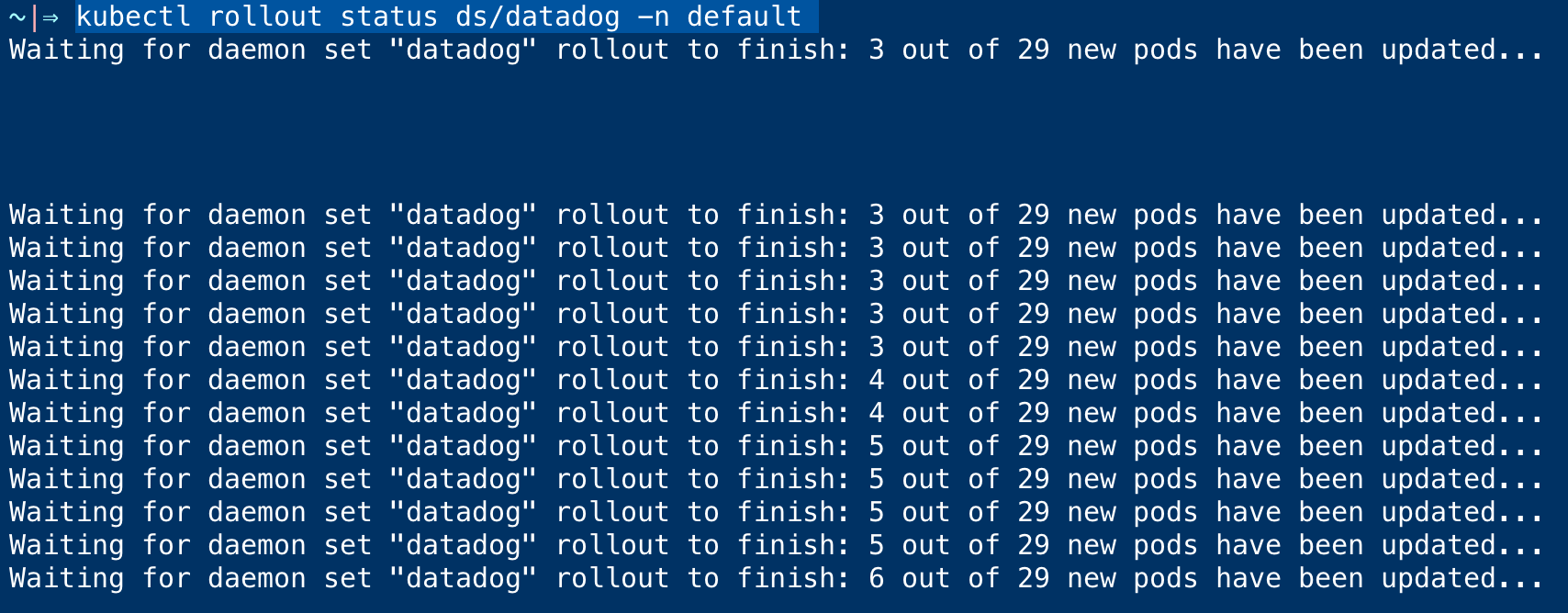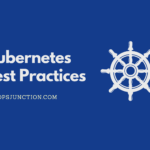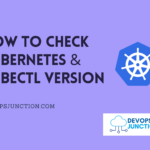In this quick article, let us learn how to restart the Kubernetes DaemonSet and all the pods created by the DaemonSet.
Before we move on to the objective, here are some basics. real quick.
DaemonSet is to deploy a specific application/feature to your Kubernetes cluster and to make sure it is available to all the nodes currently running and for those going to be added in future by cluster auto scaler or Karpenter
Some examples of DaemonSet are.
- running a cluster storage daemon on every node - EFS Driver, CSI driver
- running a logs collection daemon on every node - FluentD, DataDog, Splunk
- running a node monitoring daemon on every node - Nodeexporter, Telegraf
Now it's time for the objective.
List the daemonset
First, let us take a quick look at how many Daemonsets we are having in our cluster
As you can see, we are listing all the Daemonsets in our cluster using the following command
kubectl get -A daemonset
-A is to list DaemonSets across all namespaces.
How to restart a Kubernetes daemonset
You can use the kubectl rollout restart command to restart the DaemonSet. Here is an example of how it works in real-time.
As you could have noticed in our previous listing screenshot. I have a datadog daemonset installed, for log collection and host monitoring.
Now let us restart the daemonset and see how it goes.
This is the command we are going to use to restart the datadog daemonset running in my cluster on the default namespace
kubectl rollout restart daemonset datadog -n default
I have created a terminal record of me doing a daemonset restart at my end
Check the progress of kubectl rollout restart
When we have executed the kubectl rollout restart command to restart the daemonset, we got the message it is restarted
But it actually takes a while before it can replace all the running pods with a new one.
To see the actual status and to stay updated on the status of how the restart is going on.
there is a kubectl command we can use to see the progress of rollout restart
kubectl rollout status ds/datadog -n default
Here is a screenshot of this command while executed at my end
Hope this helps
Access our other Kubernetes articles here
Cheers
Sarav AK

Follow me on Linkedin My Profile Follow DevopsJunction onFacebook orTwitter For more practical videos and tutorials. Subscribe to our channel
Signup for Exclusive "Subscriber-only" Content






